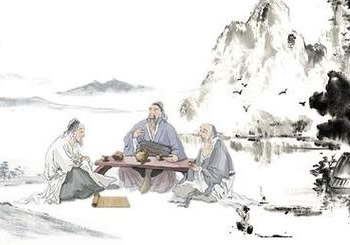Characteristics of China's Music
Westerners sometimes describe Chinese music as loud. The Chinese themselves consider the northern style more dynamic and energetic and the southem style softer and more graceful. All of these characterizations are over-simplified, as the dynamics in Chinese music actually vary according to the nature of the musical genres and instruments. The classical music of Confucian scholars, such as qin zither music and lyric songs, is naturally soft. Players of pipa lure music are capable of expressing a full range of dynamics. Music for the suona is loud and piercing because of the instruments construction and its function as an outdoor instrument. Theater orchestra music is loud because it was originally played outdoors in a festive atmosphere. Because of the many factors affecting dynamics in Chinese music, there is no one concept that can adequately describe them.
With the exception of work songs and shange(mountain songs), most Han Chinese folk songs, like most songs in Western folk music, are constructed in strophic form. Chinese folk music, however, uses fewer refrains. Typically, a folk song consists of two or four phrases of equal length; each phrase contains a new musical idea.
Of all the instrumental forms of Chinese music, the most popular are suites and variations. These forms are not, however, entirely equivalent to their Wesern counterparts. A Chinese suite is a series of musical movements that are loosely connected. These movements may be independent selections that do not have an apparent melodic or rhythmic relationship, or they may be related for programmatic reasons.



